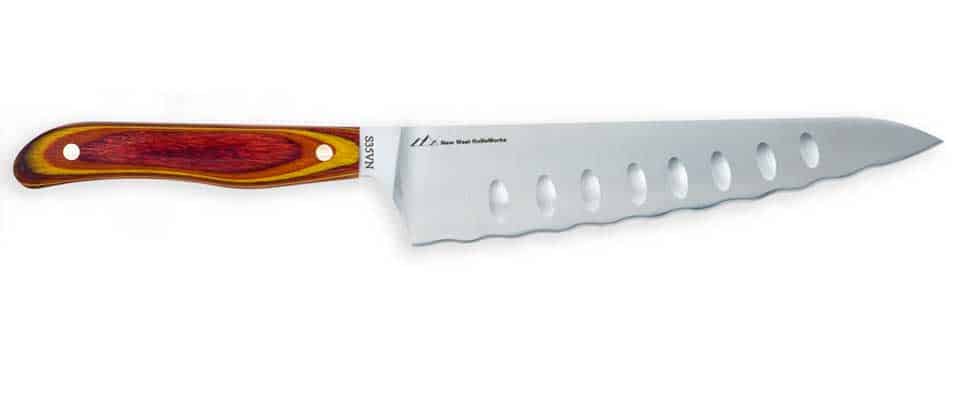
What could be more green than applying plant fibers to your wall? If you’re looking for an unconventional and eco-friendly wallcovering, grasscloth might just be the way to go.
Now, before we scare you off (you’re thinking of the straw on the walls episode of “Trading Spaces,” aren’t you?), take a deep breath. Sure, it’s made of dried, woven plant fibers that are applied to a backing.
But like other natural fibers, the appearance of grasscloth can be drastically changed depending on how it’s treated. Lighter hues are achieved by bleaching the fibers in the sun, and some designers opt to dye the fibers to create a vivid range of hues.
You’ll typically find grasscloth made from bamboo, jute, rush and sisal, to name a few. And in addition to the distinctive look you’ll achieve with grasscloth, the material has also been known to act as a sound barrier when applied in a thick layer.
Grasscloth is installed much like wallpaper. You’ll apply the material in strips onto a layer of adhesive that you’ve coated on the wall. Don’t cut the strips too thin, however — otherwise you’ll end up with a paneled effect.
A tip? Grasscloth is best installed in a room that stays dry. If you need to wash the trim or ceiling around the grasscloth, do so carefully so that no excess moisture drips into the fibers.
What’s your take on grasscloth?
Photo courtesy of www.decorpad.com


No Comments